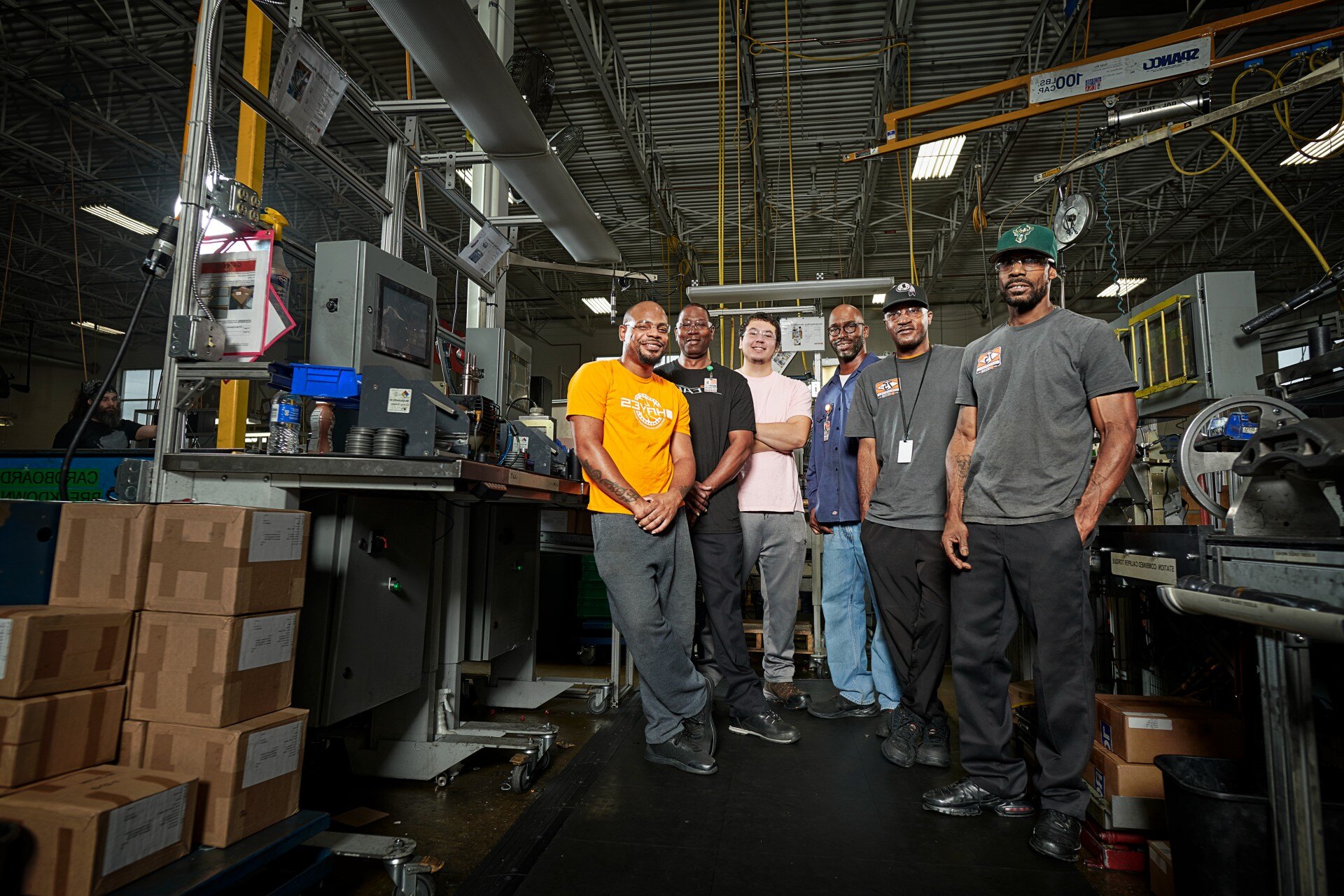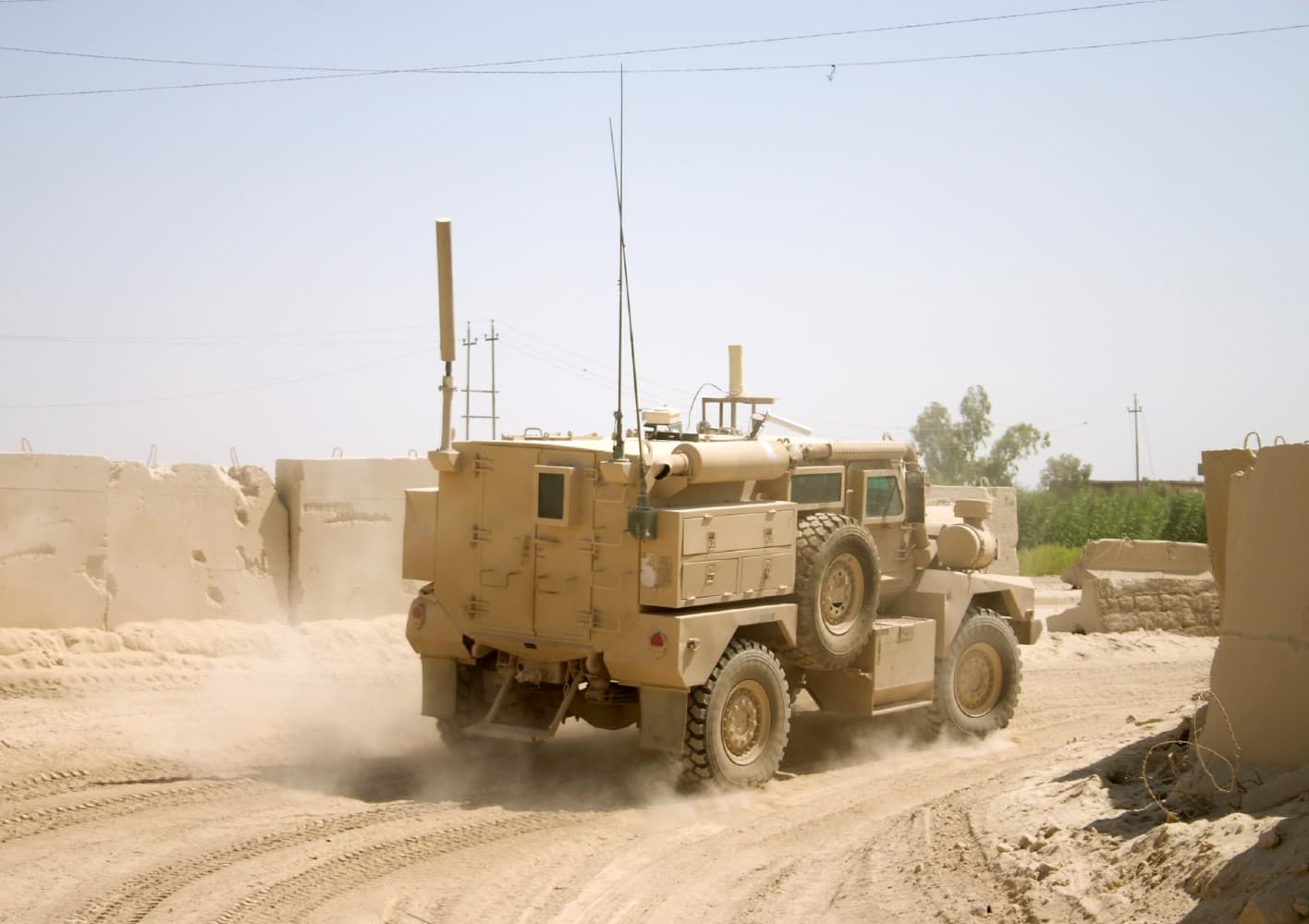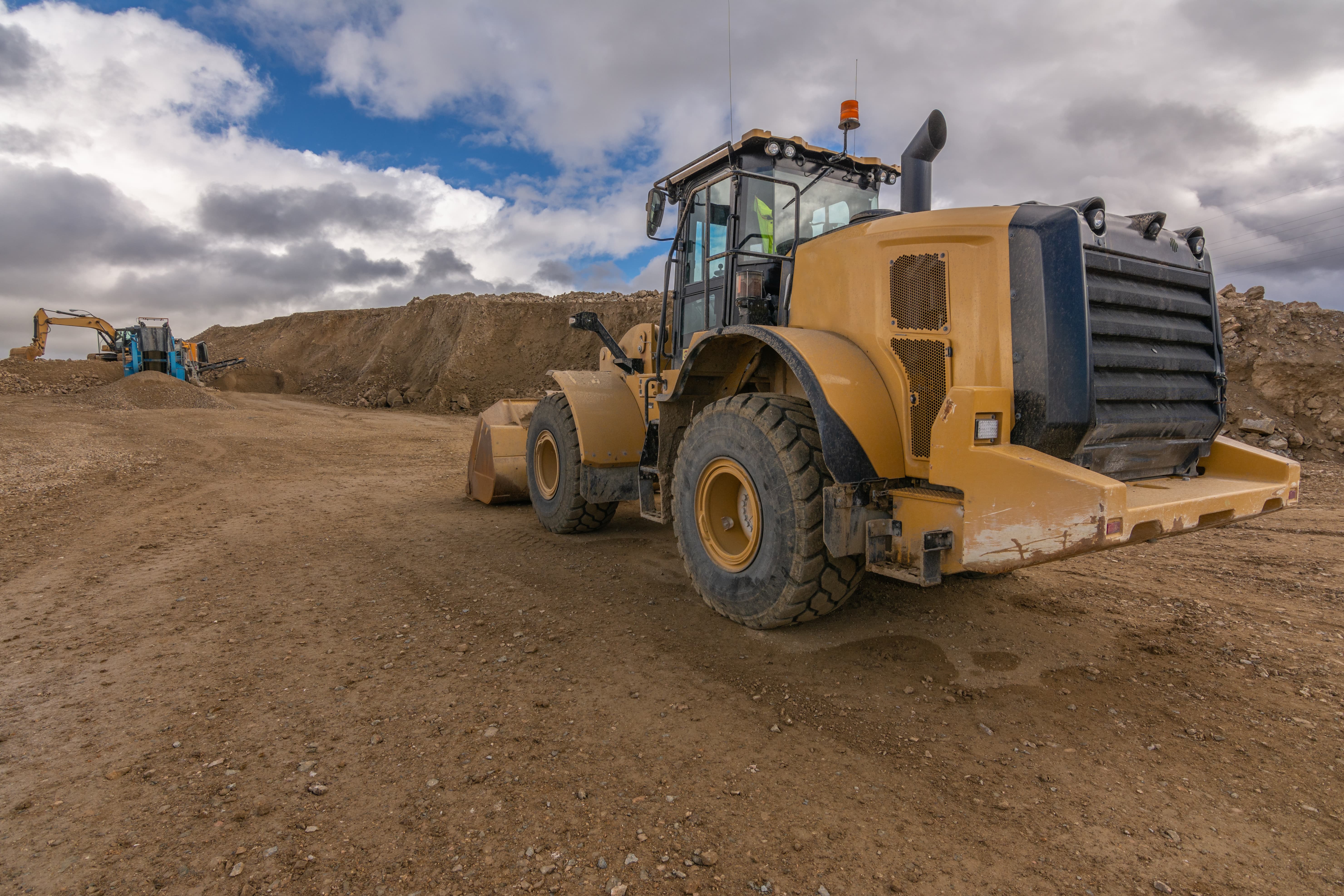Bison Mechanical Park Brake: Unparalleled Clamp Force & Performance
Share this
Larger deck sizes. More powerful engines. Heavier weights and faster speeds. Today’s zero-turn mowers (ZTRs) are bigger and better than they were just a few years ago – so big, in fact, that keeping them securely in place can be a challenge, especially when placed on a trailer or sitting on an incline.
That’s exactly what inspired Hayes to develop a mechanical parking brake that guarantees stationary placement in a single force. Aptly named Bison, this brake is an industry first, with calipers that can create 2,500 pounds of clamp force. Like the animal, these brakes have stamina and stopping power that make them unrivaled in the turf vehicle industry.
The engineers at Hayes didn’t compromise when it came to durability, either. Made of steel with components plated in either nickel or zinc, this brake has been subjected to an aggressive 96-hour salt spray protection test – and passed with flying colors. Bison performs, no matter the challenges of the elements or terrain.
While initially developed for lawn and turf ZTRs, Bison can provide reliable clamp force for other vehicle types, too. The Bison system offers a floating mount and multi-lever offset to fit everything from turf and UTVs to golf carts and EVs (electric vehicles).
Its incredible clamp capability and proven durability make Bison an exciting opportunity for lawn and turf vehicle OEMs, and for OEMs of off-road vehicles, to make their equipment more attractive to buyers. Safety is among their key purchase considerations, and with Bison holding the vehicle in place, there’s no chance of rolling away (and potentially causing damage or injury).
Dealers with used inventory can make their vehicles more attractive, too. Upgrading older mechanical parking brakes to Bison will improve the equipment’s stopping power, giving buyers added confidence in the safety and performance of the vehicle. Not only that, but they recognize that new and stronger brakes have more useful life and require less maintenance, too.
Talk to the Hayes team if you’re ready to put the strength and stamina of Bison to work on your vehicle.
Subscribe to our blog!
Related blogs
Section Intro
Help visitors get the basic idea within a few seconds, so they understand what this section is about.

Maximize Performance & Minimize Costs: The Value of Expert-Led Custom Brake Development
When OEMs partner with brake system specialists early in the vehicle design and development process, they unlock key benefits—most notably, faster time-to-market and better cost management.
To...

Dry Disc Brakes: How Engineering Impacts Performance & Safety
Dry disc braking systems, when they came into widespread use decades ago, represented a significant improvement over drum brakes. They’ve been used ever since in everything from mountain bikes to...

Spring Applied Hydraulic Release Brake Actuator: 4 Benefits for the Construction Industry
In 1990, Hayes Performance Systems patented its Spring Applied Hydraulic Release, or SAHR, brake actuator (initially called the Spring Applied/Pressure Release Emergency Brake Actuator) as a...
